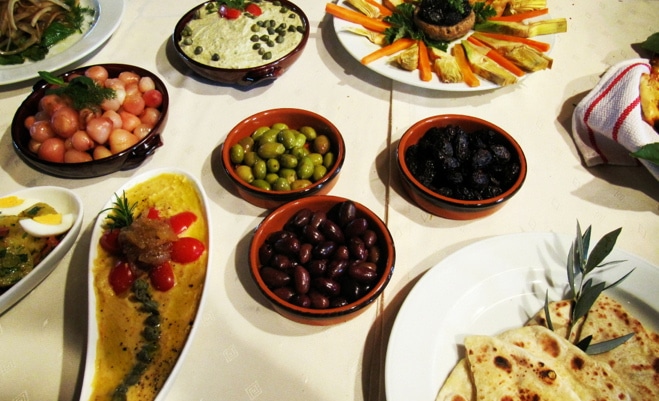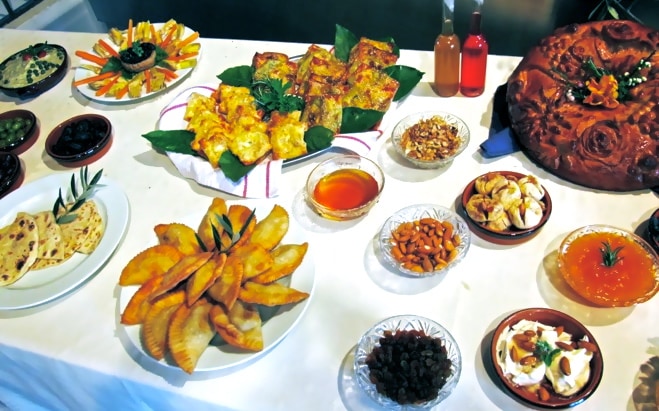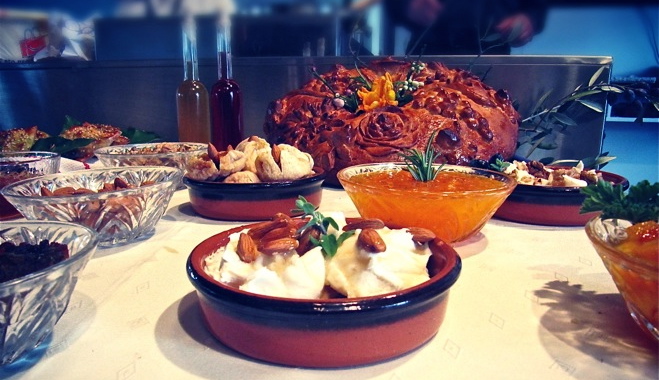
We now know that the people in Crete back in the 60’s had the highest life expectancy in the world and that the Cretan Mediterranean diet was considered a model of a healthy diet.
Dr. Henry Blackburn past director of the Division of Epidemiology, University of Minnesota who was part of the well known Seven Countries study, once described the Cretan man as “truly most free of coronary risk of all men on earth”. Why? Among the many lifestyle factors, Blackburn considered the diet an important factor.
And it is, considering that almost all aspects of the Cretan diet contribute to low chronic disease rates; from the olive oil and the wild greens to the cheese and the herbal teas, everything has protective qualities.
What is the Cretan Diet?
Like the rest of Greece, the diet is characterized by high intake of olive oil, plenty of vegetables, little meat, and wine with meals. Now the Cretans consumed even more olive oil, wild greens (horta) are a significant part of their diet, these plants and roots are boiled or cooked in olive oil or in pies, barley flour is used as often as wheat flour, honey and petimezi (condensed juice from grapes) were the only sweeteners and snails are consumed often.
Once we had a tour of the premises by Yiorgos Dimitriadis owner of Biolea and organizer of the event, two large tables full of Cretan traditional foods waited for us upstairs. The creations on the tables made me so happy. Why? Well for one, everything was traditional but felt modern at the same time, maybe because some things are timeless. Everything was healthy and tasty, a dietitians dream. There was not one thing on those tables that I could call unhealthy, every single dish was inviting me to taste it without any guilt whatsoever.
So what was on those tables? Well we had a selection of kalitsounia: small pies filled with sweet soft cheese or with wild greens or with vegetables. There were different wild greens boiled or cooked in olive oil, which are not cultivated but just grow freely in the countryside. There were Cretan aromatic olive pastes on homemade bread made with wheat and barley flour, bulgur wheat salad, caper dip, fennel pies, gastrin an ancient type of baklava, beet salad, Cretan cheese, Cretan olives, homemade jams and fruit preserves and much more.

Obviously one little post is not enough to even scratch the surface of the Cretan cuisine. I will be following up and sharing plenty of recipes with the help of our chefs from Crete.
For more on my trip check out my article in Olive Oil Times.

